The Network Security Firewall Market is currently characterized by a dynamic competitive landscape, driven by the increasing demand for robust cybersecurity solutions amid escalating cyber threats. Key players such as Palo Alto Networks (US), Fortinet (US), and Cisco Systems (US) are strategically positioned to leverage innovation and technological advancements. Palo Alto Networks (US) focuses on integrating artificial intelligence into its firewall solutions, enhancing threat detection capabilities. Fortinet (US) emphasizes a comprehensive security fabric approach, which integrates various security functions into a single platform, thereby streamlining operations for clients. Cisco Systems (US) is actively pursuing partnerships to bolster its market presence, particularly in the Asia-Pacific region, where demand for network security is surging. Collectively, these strategies not only enhance their competitive edge but also shape the overall market dynamics by fostering a culture of continuous improvement and adaptation to emerging threats.
In terms of business tactics, companies are increasingly localizing manufacturing and optimizing supply chains to enhance responsiveness to market demands. The Network Security Firewall Market appears moderately fragmented, with several players vying for market share. However, the influence of major companies like Palo Alto Networks (US) and Fortinet (US) is substantial, as they set benchmarks for innovation and customer service that smaller firms strive to emulate. This competitive structure encourages a diverse range of offerings, catering to various customer needs across different sectors.
In August 2025, Palo Alto Networks (US) announced the launch of its next-generation firewall, which incorporates advanced machine learning algorithms to predict and mitigate potential threats before they materialize. This strategic move is significant as it positions the company at the forefront of cybersecurity innovation, potentially attracting a broader customer base seeking proactive security measures. The integration of AI not only enhances the effectiveness of their solutions but also aligns with the growing trend of digital transformation in cybersecurity.
In September 2025, Fortinet (US) expanded its global footprint by acquiring a regional cybersecurity firm in Southeast Asia, aiming to enhance its service offerings and local expertise. This acquisition is indicative of Fortinet's strategy to penetrate emerging markets, where demand for cybersecurity solutions is rapidly increasing. By localizing its operations, Fortinet can better address the unique challenges faced by businesses in these regions, thereby solidifying its competitive position.
In July 2025, Cisco Systems (US) entered into a strategic partnership with a leading cloud service provider to integrate its firewall solutions into cloud environments. This collaboration is crucial as it reflects the industry's shift towards cloud-based security solutions, allowing Cisco to tap into the growing market of organizations migrating to the cloud. Such partnerships not only enhance Cisco's product offerings but also position the company as a key player in the evolving landscape of network security.
As of October 2025, the competitive trends in the Network Security Firewall Market are increasingly defined by digitalization, sustainability, and the integration of artificial intelligence. Strategic alliances are becoming more prevalent, as companies recognize the need to collaborate to enhance their technological capabilities and market reach. Looking ahead, competitive differentiation is likely to evolve from traditional price-based competition to a focus on innovation, advanced technology, and supply chain reliability. This shift underscores the importance of agility and responsiveness in a rapidly changing cybersecurity landscape.


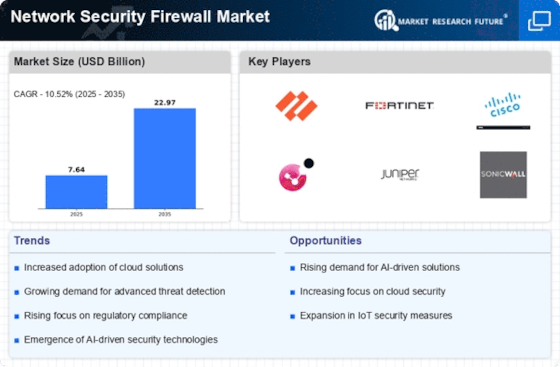
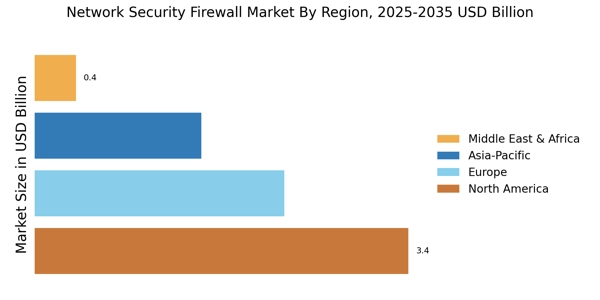


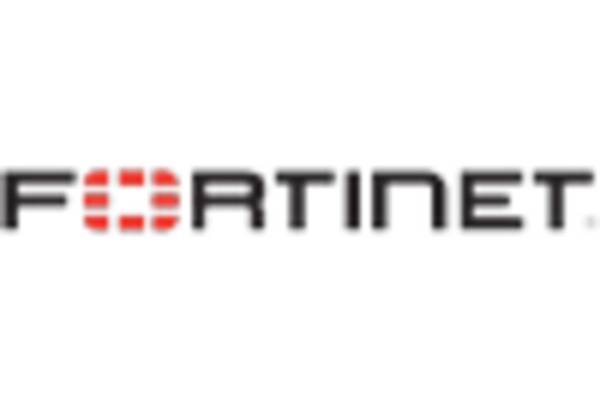
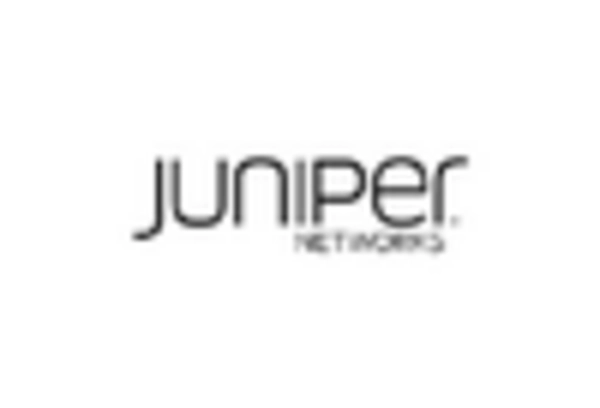

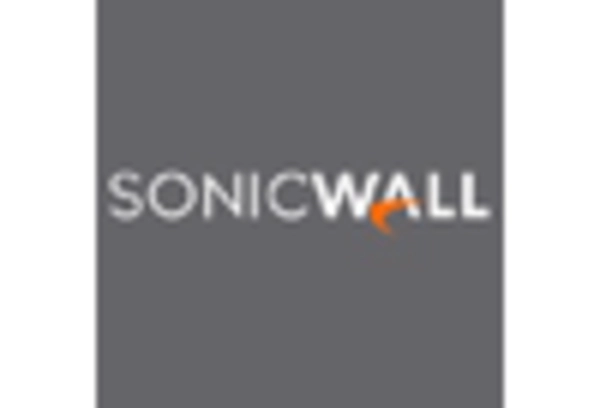








Leave a Comment